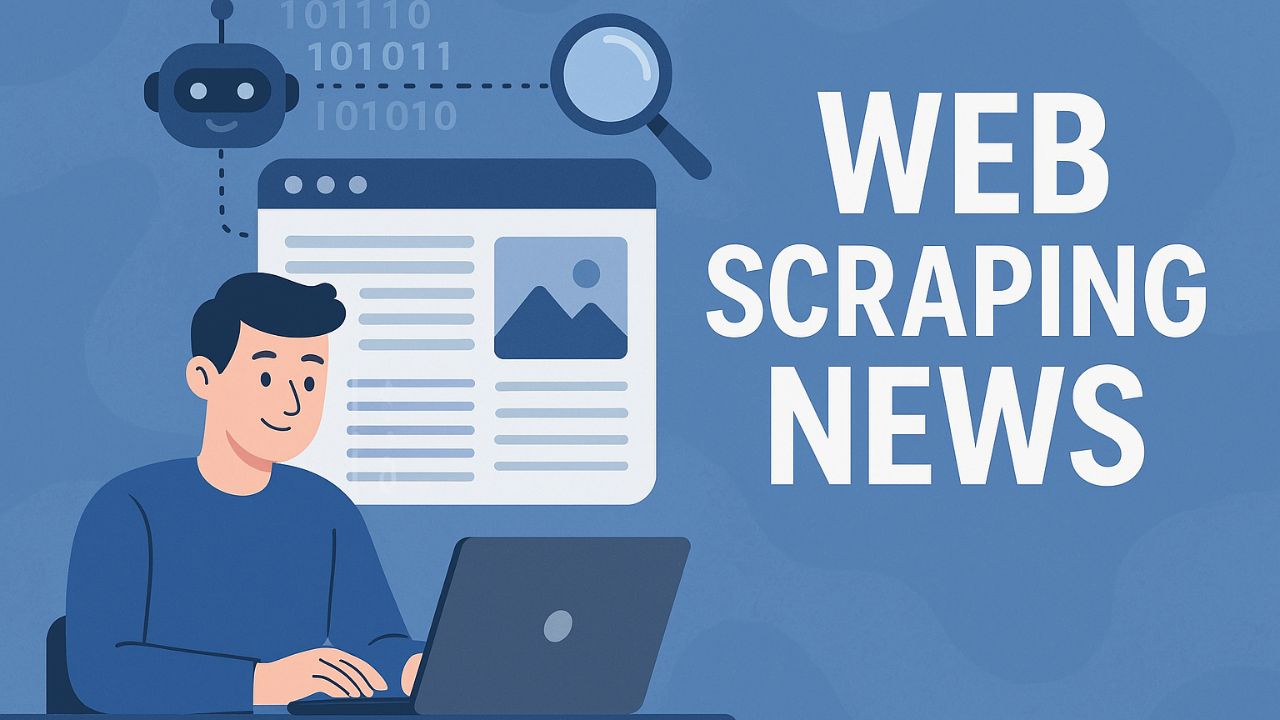Mastering Web Scraping with Python: A Complete Guide to Extracting Book Data
Web scraping is a powerful technique that allows you to extract data from websites automatically. In this comprehensive guide, we’ll walk through a complete web scraping project that extracts book information from an online bookstore, including titles, prices, ratings, and even downloading images.
Setting Up Your Environment
Before diving into web scraping, it’s important to set up a proper environment. Using a virtual environment helps isolate your project dependencies:
- Create a virtual environment using the command:
python -m venv virtual - Activate the environment with the
activatecommand - Install necessary dependencies:
aiohttp: For making asynchronous HTTP requestsbeautifulsoup4: For parsing HTMLlxml: For XML/HTML document processing
Extracting Data from a Single Page
Our first step is to extract data from a single page. The target website contains information about books, including titles, prices, ratings, and images. Here’s how we approach this:
- Create a constant to store the base URL of the site
- Define an asynchronous function to scrape a specific page
- Use
aiohttpto create a session and send a request to the URL - Parse the HTML response with BeautifulSoup
- Find all articles with the class ‘product_pod’ (each representing a book)
- For each book, extract:
- Title: Found in the ‘title’ attribute of a link inside an H3 tag
- Price: Found in the text of a paragraph with class ‘price_color’
- Rating: Determined by the second class of a paragraph with class ‘star-rating’
- Store this data in a dictionary and add it to a list
Navigating Through Multiple Pages
Most websites split their content across multiple pages. To scrape all books, we need to navigate through all pages:
- Create a main function that will handle pagination
- Start with page 1 and construct the URL dynamically
- Extract data from the current page using our single-page scraping function
- Check if there’s a ‘next’ button to determine if more pages exist
- If it exists, increment the page number and continue; otherwise, stop
Downloading Images
In addition to textual data, we can also download images:
- Create a directory to store the downloaded images
- Extract the image URL from the ‘src’ attribute of the image tag
- Extract just the image filename
- Add image information to our book dictionary
- Create an asynchronous function to download each image
- Use
urllib.parse.urljointo construct the absolute URL - Download the image data and save it to a file
Saving the Data
Finally, we save our scraped data in two formats:
- JSON: Using the
jsonmodule to serialize our data - CSV: Using the
csvmodule’sDictWriterto create a spreadsheet
Best Practices for Web Scraping
When implementing web scraping projects, keep these best practices in mind:
- Always respect the website’s robots.txt file
- Don’t overwhelm the server with too many requests
- Consider using asynchronous programming for efficiency
- Implement error handling for robustness
- Regularly check your scraper as websites may change their structure
Conclusion
Web scraping is an essential skill for data collection and analysis. With the right tools and techniques, you can extract valuable information from websites and use it for various applications. This tutorial demonstrated how to build a complete web scraping solution that handles multiple pages, extracts different types of data, and even downloads images.
